|
In the Gospel of Matthew, Jesus gives a lengthy discourse on how his disciples should act. In Chapter 6, he spends time explaining how disciples should give alms, how they should pray and how they should fast. These are the same three actions we focus on during Lent. Jesus ends by reminding them, and us, to focus our thoughts, words and actions on deeds that translate into the Kingdom of God.
The Three Pillars of Lent Jesus begins by preaching about how to give alms correctly. He makes it clear that the disposition of the giver is of more importance than the actual amount given. He teaches that almsgiving should be done in a hidden way, as though only God needs to know it has happened. If alms are offered from a sincere, contrite heart, then they are acceptable to the Lord. If alms are offered as a way to promote oneself, the resulting admiration is all the reward the giver is going to get. Jesus next moves on to teach about the appropriate way to pray. Once again, he emphasizes that this, too, should be done in a secretive way. This command is a little easier for us to understand, since we are used to thinking of prayer as a largely private, personal thing. But at the time of the gospels, it was fairly common for religious people to stand on street corners and make big displays of prayer. This was not so much to actually pray to God but was more about making a name for themselves, gaining status, and even starting to amass a following. Jesus rejects this. Prayer is about communing with God. It is not for drawing admiration and attention to oneself, away from God. Jesus often went off to pray alone, although he also prayed with others and in public. In fact, the way Jesus prayed was so noticeable that his disciples asked him to teach them to pray. He responded by giving us the Our Father: “This is how you are to pray: Our Father in heaven, hallowed be your name, your kingdom come, your will be done, on earth as in heaven. Give us today our daily bread; and forgive us our debts, as we forgive our debtors; and do not subject us to the final test, but deliver us from the evil one. If you forgive others their transgressions, your heavenly Father will forgive you. But if you do not forgive others, neither will your Father forgive your transgressions." After prayer, Jesus moves on to teach about fasting. He reminds his followers that they are not to look as though the world has come to an end. Once again, fasting should be a secret offering, done without fanfare, which God will notice because the “Father who sees what is hidden will repay you.” (Mt 6:18) Moths and Rust As we approach the end of Lent 2023, we are likely already aware of the three pillars of fasting, prayer and almsgiving. But it’s worth noting what Jesus says to his disciples after giving this teaching. He says that the practices of prayer, fasting and almsgiving, when done with the right motive, can become more than just things that affect us and form us now. They can also have eternal ramifications. Jesus says, “Do not store up for yourselves treasures on earth, where moth and rust destroy.” Moth is a reference to nature. Rust is a reference to time. When Jesus names these two things - moths and rust - he is reminding his listeners that eventually the great creeping vines, grasses and winds of nature and the relentless movement of time will cover over and dismiss from memory just about everything we make and build for ourselves, especially wealth and status. And of course, he’s right. Just recall the many great empires in history - Persia, Greece, Rome - whose time has come and gone. These once mighty empires have all been relegated to a few ruined structures and history books. Even the pharaohs of Egypt, who built monumental tombs to their own glory specifically so that they would always be remembered, have faded away as time marched on. But, teaches Jesus, some acts do not fade away, even if they are done in secret and are mostly unknown on earth. Acts like prayer, fasting and almsgiving, which the Church broadly extends and calls the Corporal and Spiritual Works of Mercy, live on. In some way, the reward for performing these works is delayed. It is waiting for us in heaven. Jesus reminds us to “Store up treasures in heaven, …for where your treasure is, there also will your heart be.” The currency of the Kingdom of God is not wealth and status. It is a humble, contrite heart who makes offerings to God in a hidden, secret way, not seeking his or her own glory. It is this type of heart who will wait for God to repay it, even when it is difficult, not really counting the cost but being more concerned with honoring God. In fact, it is this type of heart who will make its entrance into Jerusalem this Sunday, Palm Sunday, on its way to crucifixion. As we near the end of our Lenten journey, let’s pray with the prophet Joel and “rend our hearts, not our garments, and return to the Lord.” (Joel 2:13)
0 Comments
We all know that Christmas occurs every year on December 25. If you scoot nine months back in time from Christmas, you land on March 25, the Annunciation of the Lord. Although we hear this Scripture passage around Christmas, it actually takes place on March 25, nine months before Jesus’ birth, marking the day of his conception.
The Gospel of Luke tells us that: In the sixth month, the angel Gabriel was sent from God to a town of Galilee called Nazareth, to a virgin betrothed to a man named Joseph, of the house of David, and the virgin’s name was Mary. And coming to her, he said, “Hail, favored one! The Lord is with you.” But she was greatly troubled at what was said and pondered what sort of greeting this might be. Then the angel said to her, “Do not be afraid, Mary, for you have found favor with God. Behold, you will conceive in your womb and bear a son, and you shall name him Jesus. He will be great and will be called Son of the Most High, and the Lord God will give him the throne of David, his father, and he will rule over the house of Jacob forever, and of his kingdom there will be no end. (Luke 1:27-33) The words the angel Gabriel speaks to Mary certainly hold a great deal of promise and expectation. The angel tells her that this baby will be great in stature and significance. He will be the son of the Most High, an almost unthinkable proposition. He will be given the throne of King David, the mighty ruler who reigned over the golden days of Israelite history. But that's not all. This child will rule forever, and his kingdom will have no end. He will not even be conceived in the normal way. Instead, Mary learns that “The holy Spirit will come upon you, and the power of the Most High will overshadow you. Therefore, the child to be born will be called holy, the Son of God.” (Luke 1:35) We know who this child is. It is Jesus the Christ. We know that he was sent from God to save the world, and that he came willingly, even eagerly, despite the hardships that he would undergo. The words of the angel don’t mention anything about suffering, or grief or abandonment. They certainly don’t talk about humiliation and crucifixion. That part of the story is played out later. At his annunciation, the focus is all on the great victory that will come about, the kingdom of God in place forever, because Jesus is willing to leave heaven and pitch his tent among us, living as a man. We also know, we, who are making our way through the 40-day Lenten journey, that the suffering and death was necessary in order for Jesus to obtain the glory originally spoken of by Gabriel. This is not simply more glory for himself, but glory that he would share with us, something new that we could participate in. Father A.M. Wachsmann, a German Catholic priest who was imprisoned for resisting the Nazis, wrote that “the Passion is the means by which we are mercifully led from intellectual perception to feeling Christ as a reality. A painful and yet a sweet way.” The Solemnity of the Annunciation of the Lord is a good day to take stock of our Lenten Journey. We can recall the great promises given to Mary by Gabriel. We can remind ourselves of the hope and joy of Christ’s birth, and also know these promises were not fulfilled until the Passion had been completed. Can we look at the sufferings and trials in our lives in the same way that Jesus viewed his trials? Can we also offer our suffering, in union with his, for victory in this world and the next? After all, this was how Jesus triumphed over sin of every type, and even over death. Surely, we all have plenty of opportunities to imitate him. The Collect for Mass on March 25 can guide our prayer: O God, who willed that your Word should take on the reality of human flesh in the womb of the Virgin Mary, grant, we pray, that we, who confess our Redeemer to be God and man, may merit to become partakers even in his divine nature. Who lives and reigns with you in the unity of the Holy Spirit, God, for ever and ever. Amen. St. Patrick is remembered for many things, but perhaps most of all for his legendary use of the shamrock to explain the concept of the Holy Trinity.
As a way of honoring this impressive saint, as well as reflecting on the Trinity, make and hang this wreath in your Prayer Space on St. Patrick's Day. I used three separate shamrocks that were hooked together, and each shamrock displays symbols of either God the Father, Jesus the Son or the Holy Spirit. The top shamrock symbolizes God the Father and has angel wings, signifying the court of heavenly angels who are constantly worshipping and praising God. There are also two gold pieces next to the wings, symbols of the gifts, material and spiritual, that fall to us from the hand of God. The middle shamrock represents Jesus the Son and displays a golden cross of glory, symbolizing the cross of Christ, upon which Jesus offered his self-sacrifice, atoning for our sins and also restoring our relationship to God. The cross is surrounded by earthly elements, such as the leaves and another shamrock at the base. This reminds us of Jesus' earthly journey, and how he remains with us physically still today in the Eucharist. The final shamrock is for the Holy Spirit. The musical instruments and note point to the action of the Holy Spirit, the breath of God who enlightens us and helps us to speak. Just as it is impossible to play any instrument without breath, so also it is impossible for us to follow the path of Christ without the assistance of the Holy Spirit. The smaller shamrock at the top reminds us that although we cannot see the Holy Spirit directly, we know the Spirit's presence through the gifts and fruits, which we certainly can see, just as we can see when there is a lack of the gifts and fruits of the Holy Spirit. The three green and white bows in between and at the bottom of the shamrocks remind us that the Trinity is 3 persons, yet one God. The various flowers of white, green and yellow offer our praise and glory to God the Father, Son and Holy Spirit. You can find instructions to make this wreath on the St. Patrick's Day Trinity Wreath page. I’ve always struggled with the story of Martha and Mary. The usual interpretations of this story in Scripture have never quite satisfied. I understand that Jesus is inviting Mary into a closer relationship with him when he acknowledges her place, sitting at her feet. This, in and of itself, was radical, as typically only men were permitted to assume the posture of a disciple by sitting at the feet of their rabbi, and Jesus extends this privilege to Mary. This is a great honor for Mary, but it makes the contrast between her and Martha even more noticeable.
If Mary is sitting at the feet of Jesus, listening to his word, learning from him and growing in her relationship with him, then who is going to take care of all the people in the house? It’s unlikely Jesus and his followers are going to help. Perhaps there were some other women who were in the group. Maybe they could lend a hand. But then again, that means they, like Martha, are tasked with the kitchen duties and miss out on visiting with Jesus. Martha herself seems a bit resentful that she is doing all the work. In fact, scripture states she was “burdened with much serving.” Martha says to Jesus “Lord, do you not care that my sister has left me by myself to do the serving? Tell her to help me.” But Jesus merely replies. “Martha, Martha, you are anxious and worried about many things. There is need of only one thing. Mary has chosen the better part and it will not be taken from her” (Luke 10:42) Is Jesus inviting Martha to join her sister and listen to him, to sit at his feet? Are the needs of hospitality, a tremendously important aspect of ancient Judaism, simply to be postponed or even ignored? Scripture doesn’t say. And how are we to apply this teaching of the Lord in the midst of our own responsibilities and busy days? I was pondering the story of Martha and Mary recently, as it seems especially appropriate now, during the 40 Day Lenten journey. I took another look at this Scripture, hoping to find some inspiration. The Return of the 72 The Martha and Mary story is described in the Gospel of Luke, Chapter 10, verses 38 to 42. But earlier in that same chapter 10, in verses 17 to 20, Luke describes the “return of the 72”, when the disciples that Jesus had sent out, two by two, to preach his word and prepare his way, return triumphantly to report on their missions. Scripture says the disciples were rejoicing, saying that “Lord, even the demons are subject to us because of your name.” (Luke 10:17) Jesus responds to this good news by saying “I have observed Satan fall like lightning from the sky.” The footnote given to Jesus’ statement reminds us that as the kingdom of God is being established, the evil spirits in power on earth are being overthrown. The “dominion of Satan over humanity is at an end.” Jesus, solely through the power of his word, is vanquishing our common enemies. It is soon after this conversation with the 72 that Jesus enters the home of Martha and Mary. He finds Martha struggling with one enemy in particular, the spirit of Acedia. Often referred to as Sloth, the vice of Acedia is one of the Big Seven Vices, along with Pride, Gluttony, Wrath and the rest. Although we sometimes refer to Acedia as Sloth or laziness, that description is not quite correct. Acedia is not about sleeping in or not doing the dishes. It is often called the “noon-day devil,” because it shows up at the hot noon hour when the sun is high in the sky, tempting us towards restlessness, distraction, boredom and lack of attention. It makes the spiritual things seem unreal, unimportant and even unwanted. It manifests in either despair, depression and feeling overwhelmed, on the one hand, or being a workaholic, staying busy performing an endless number of tasks, on the other. Jesus names both of these conditions in Martha. He tells her that she is “worried and anxious,” one of the signs of acedia, and we know she is also engaged in a hundred tasks around the house, a symptom of the other side of acedia. Jesus speaks his word to her, “There is need of only one thing.” Jesus doesn’t tell Martha to stop doing everything. He says she just needs to do one thing, to listen to him, to seek the kingdom he has come to inaugurate. He gives her his word to overcome Acedia. Now that we are close to halfway through Lent, maybe our original fervor of walking with Jesus is wearing off. Maybe we don't feel those spiritual goals are all that necessary or attainable anymore. Are we trying to do too much - or could we be struggling with Acedia? Overcoming Acedia The virtue that overcomes Acedia is Diligence; remaining focused, calm, careful and persistent while believing that the work we do is meaningful and will be fruitful, especially spiritual work. Moving out of Acedia into Diligence requires discernment, prayer and effort. It takes prudence to know "what is necessary" and what we can put to the side. I find this approach helpful, a way to navigate out of the belief that 1. I have to do everything or 2. What I do doesn’t make any difference anyway. As I journey through Lent this year, I’m going to pay more attention to any feelings prompting me to either give up or add an undue number of Lenten practices or other activities and remember that only one thing is actually required. Especially if I happen to feel this way in the noon-day hour. |
The BlogDisclaimer:
The images on this website are either my own or are used under the Creative Commons license. No images have been edited, shared, or adapted. A link to each work that I do not own is provided at the bottom of the page. CC License: Archives
March 2024
Categories
All
|

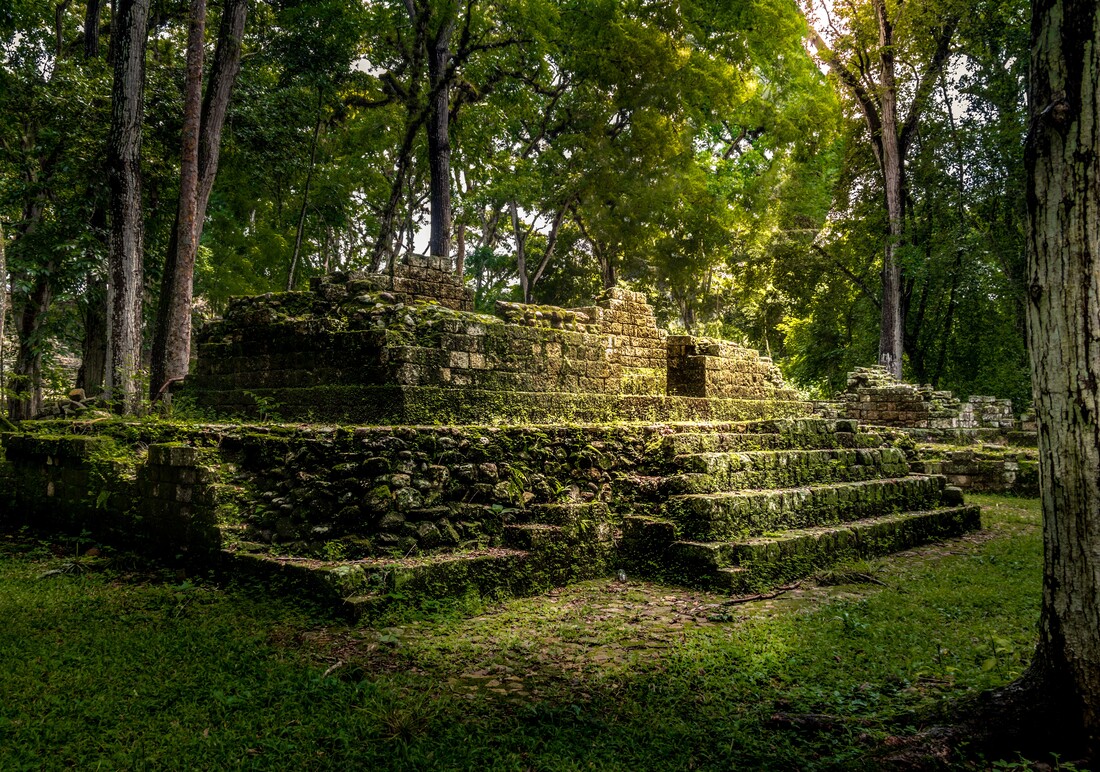
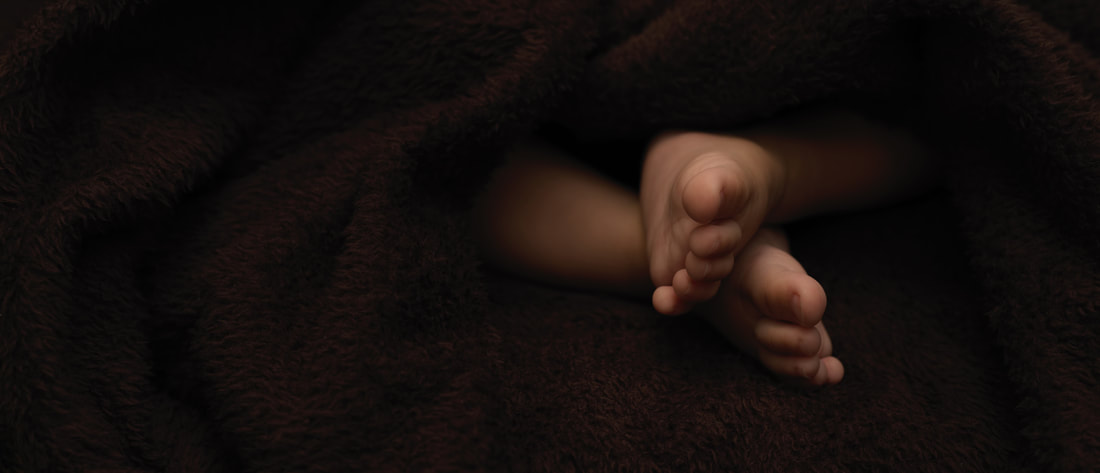
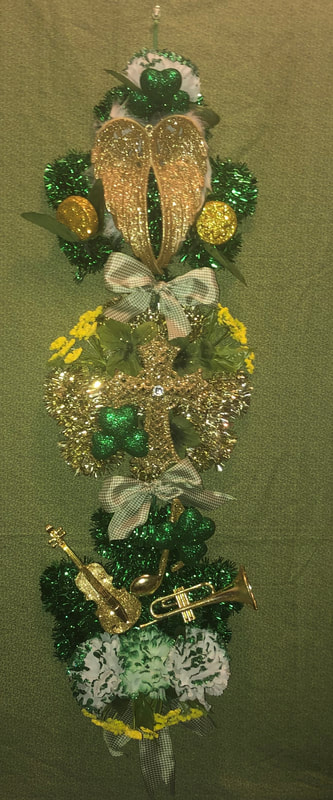
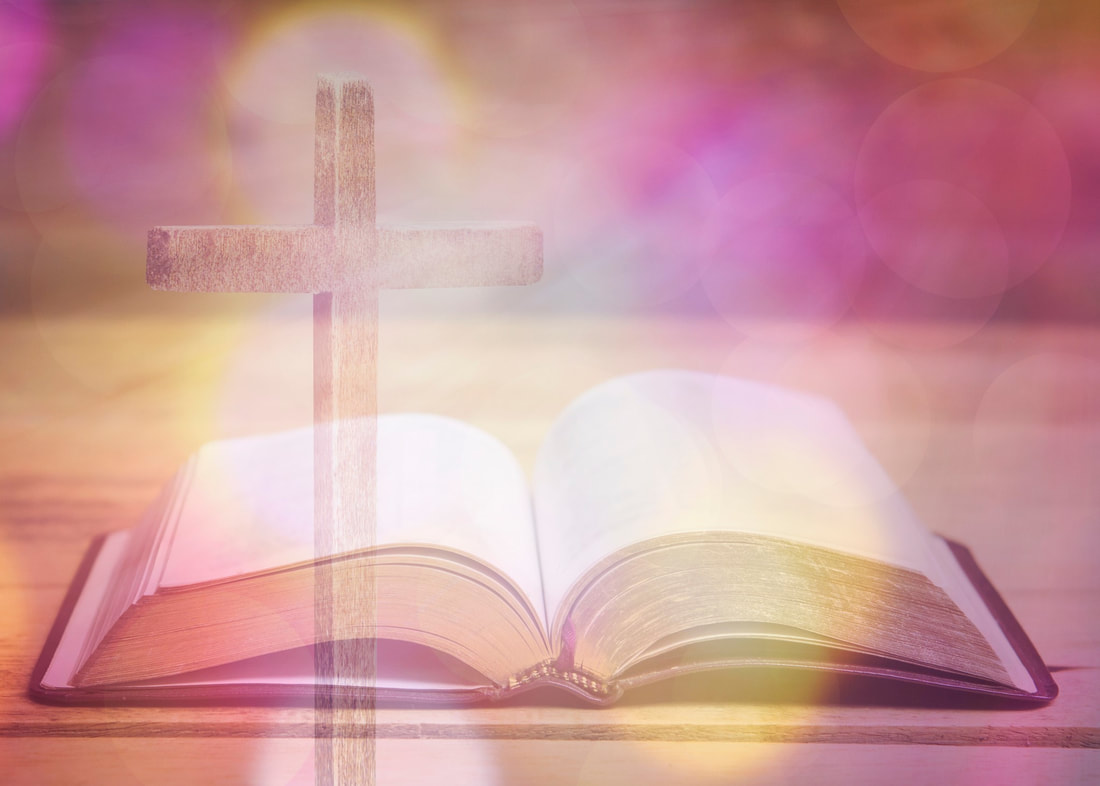
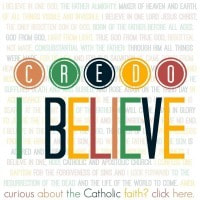

 RSS Feed
RSS Feed
